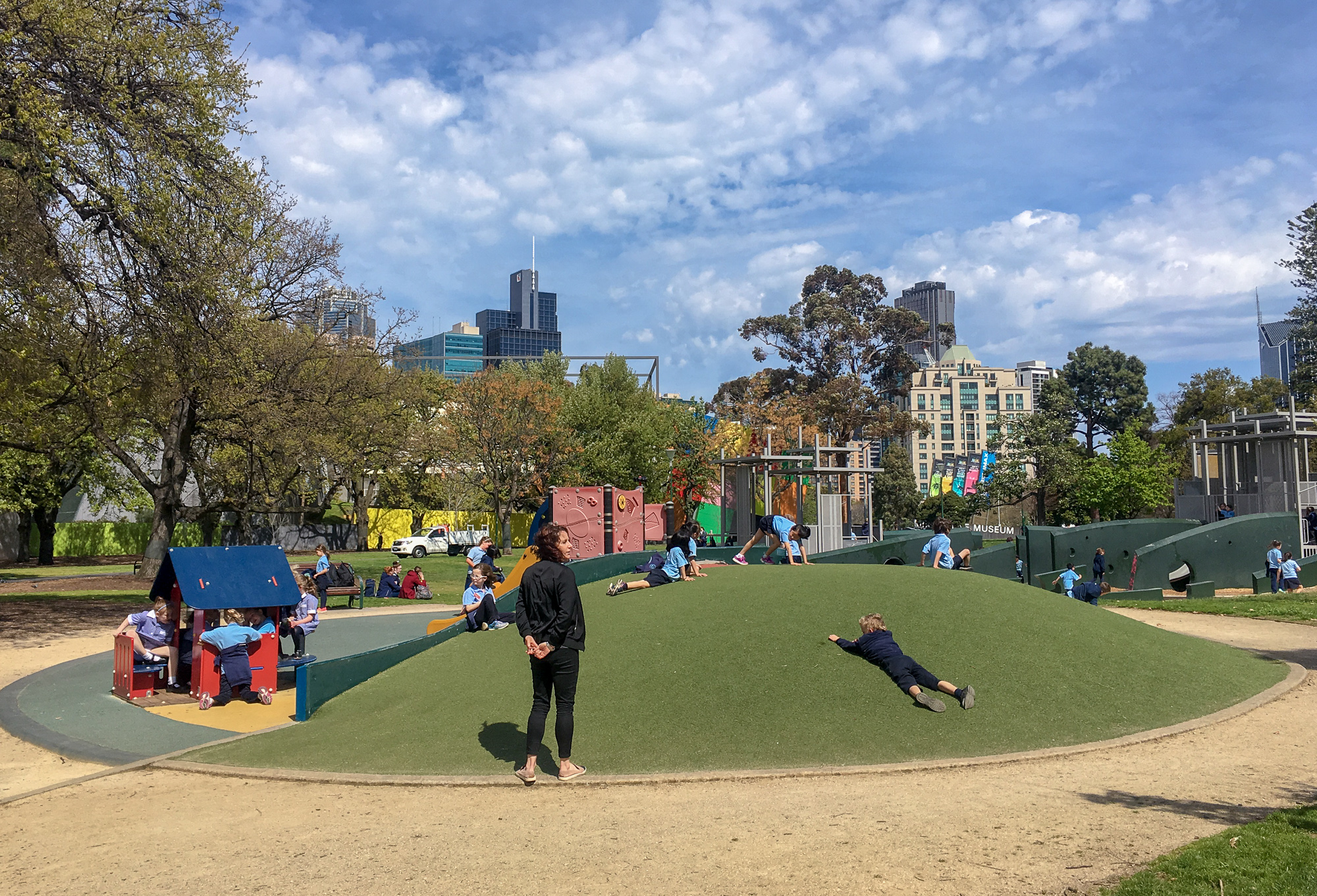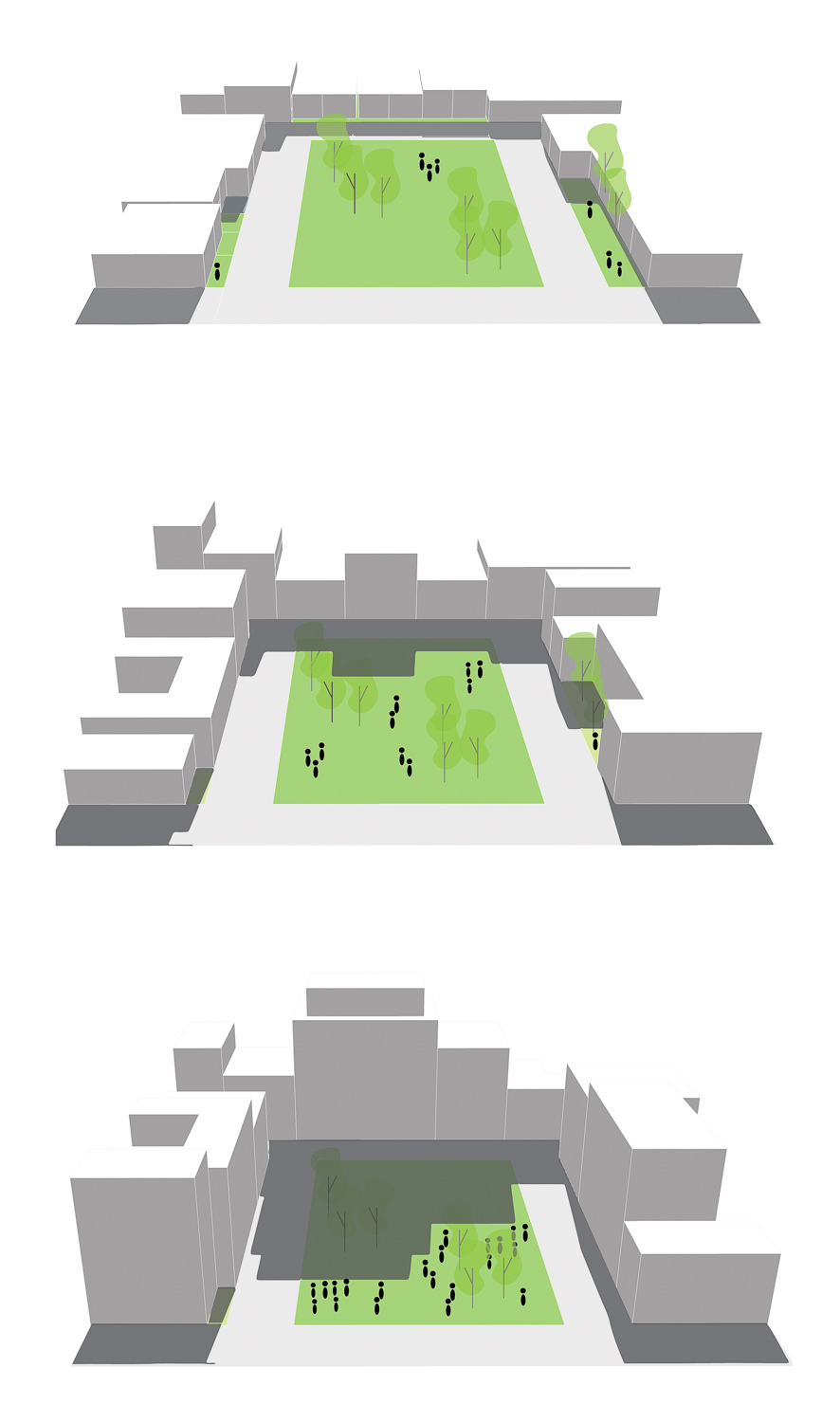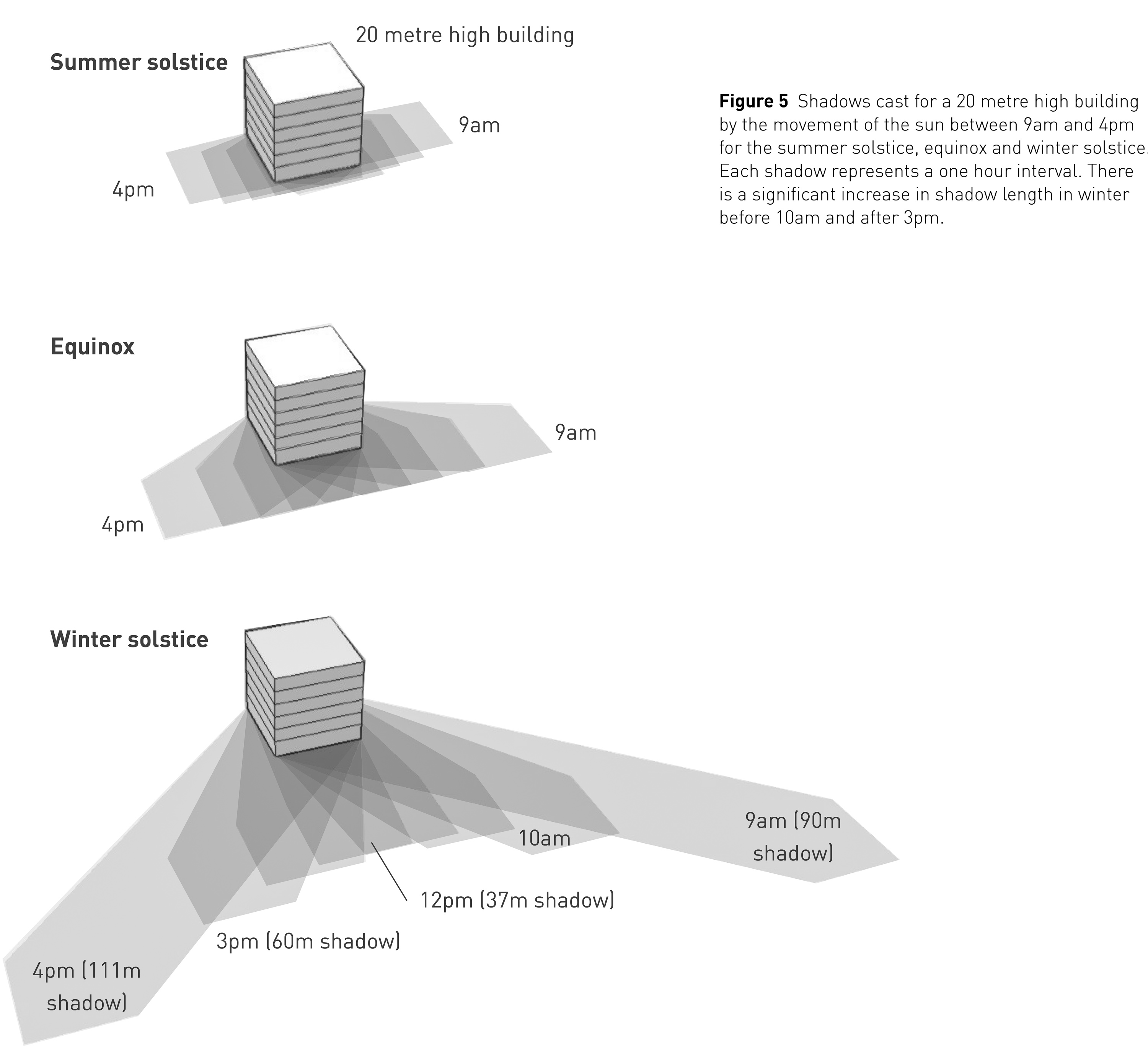Sunshine is fundamental to people’s health, wellbeing, comfort and enjoyment of public space. Insufficient access to sunlight can result in detrimental impacts on physical and mental health and research demonstrates that over 50% of Victorians are Vitamin D deficient in winter. Protecting access to sunlight has been a key tenet of planning practice since increasingly taller buildings began to overshadow parks and streets. As growth has intensified in central Melbourne, sunlight protection controls have focused on protecting sunlight to public open space during Spring and Autumn, not necessarily when people needed and wanted to access sunlight. The existing policy also prioritised protection for larger parks, not recognising that the most important park for residents is often the one closest to them.

Our brief was to review existing modelling work undertaken for the City of Melbourne to assess current sunlight access and to synthesise this analysis with a review of the existing sunlight protection controls that apply across central Melbourne (excluding the Hoddle Grid and Southbank). We assessed the cumulative impact of overshadowing, identified best-practice approaches to sunlight policy internationally and made recommendations for a consistent and equitable policy approach based on centring people's physical and mental health.
A key challenge was advocating for maximum sunlight access to parks while allowing for reasonable development intensification in an inner city environment.

The report recommends introducing an equitable ‘flat’ protection policy for all public parks, based on the finding that the most important park is the one closest to where you live or work. The evidence highlighted the significance of proximity and the value of sunshine within neighbourhood parks. The report also recommends protecting solar access in the winter months between 10am and 3pm to protect equitable access to sunlight when it is most needed.

Our report provides the evidence-base to introduce a transformative, progressive approach to planning for a healthy city. It provides the justification for equitable solar access policy that protects parks in winter while supporting inner city development.
Media
New sunlight access control for Melbourne’s parks puts development in the shade
Sunlight fight: City council asks minister to stop park overshadowing
Related Projects
Fishermans Bend Urban Design Strategy
Dandenong Placemaking Opportunities in Social Housing
Housing Choices Australia is working in Dandenong to upgrade and expand their affordable housing portfolio to meet the needs of a diversity of residents including low-income and vulnerable populations. Working with HCA, Hodyl & Co sought to identify opportunities for place-making and activation in a specific affordable housing development project in a way that addressed local issues, such as poor safety and visual amenity, and contributed to a positive sense of place and more cohesive community for both residents and the local Dandenong community.

Hodyl & Co first undertook a review of City of Greater Dandenong policies to identify how the project could complement Council’s strategic objectives. We completed a spatial analysis of the local neighbourhood to understand existing community infrastructure provision in the area and an urban design review to identify innovative opportunities for a range of place-making initiatives to support a diverse community.
Hodyl & Co proposed a range of urban design and place-making options that addressed not just the physical space itself but how the space could be used, and by whom, at different times (e.g. weekdays, weekends & special events). The work prioritised flexible and adaptable initiatives to enable multiple users and uses and balance the needs of residents with the needs of the wider community.